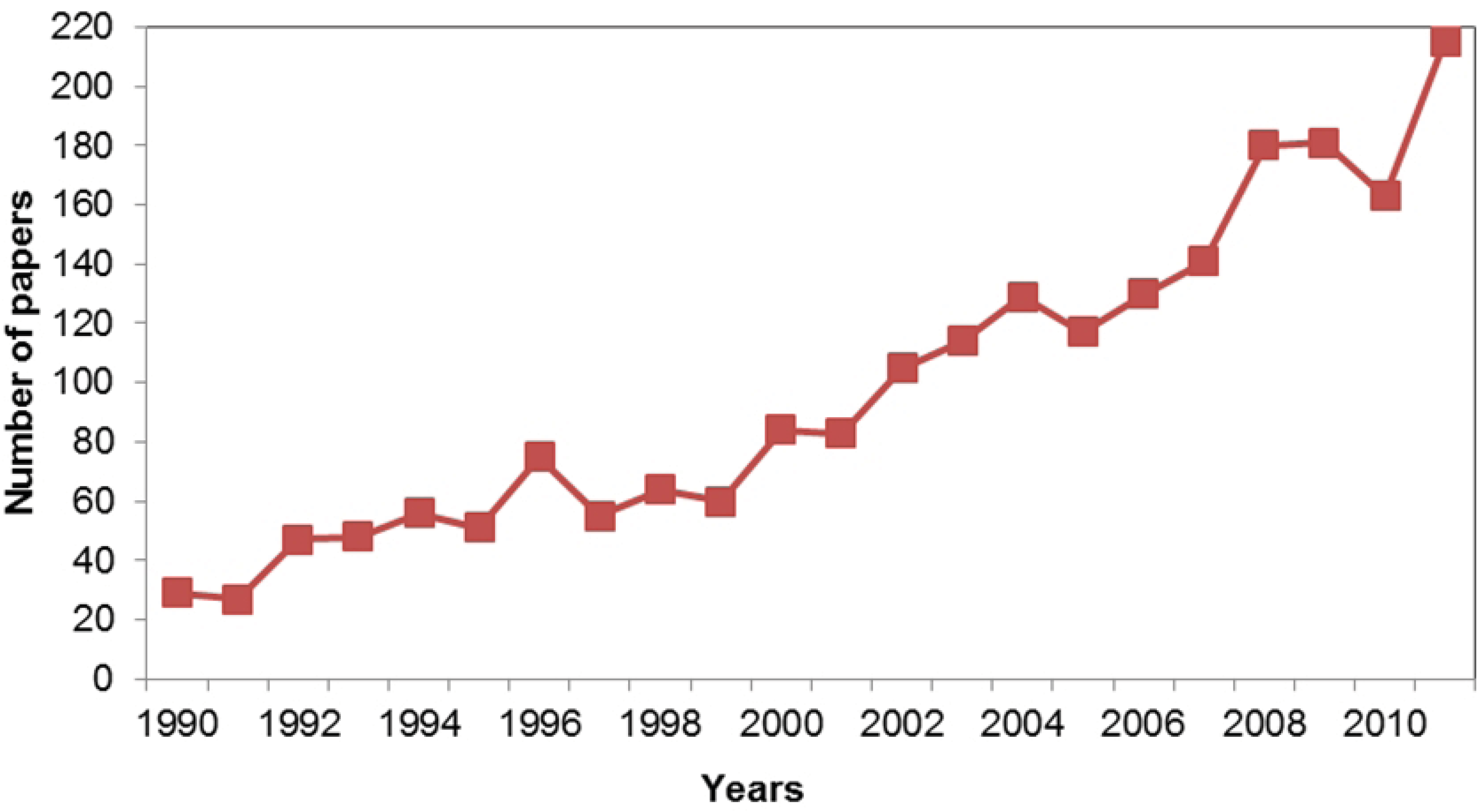

Weiskrantz named this ability “blindsight.”īlindsight suggested a lot about the workings of the brain. His doctoral supervisor, Larry Weiskrantz, soon made a complementary discovery: he observed a human patient, a partially blind man who was missing half his visual cortex, making consistently accurate guesses about the shape, position, and color of objects in the blind region of his visual field. Humphrey suspected that Helen was making use of visual perceptions without having any conscious visual sensations-using her eyes to gather facts about the world without having the experience of seeing. But there’s a difference between perceiving the shape and position of a rose or an ice cube and experiencing redness or coldness. Because we encounter sensations and perceptions simultaneously, we conflate them. Perception, Reid wrote, registers information about objects in the external world sensation is the subjective feeling that accompanies perceptions. This was not the behavior of an animal without sight.Īs Humphrey tried to understand Helen’s condition, he recalled an influential distinction, made by the eighteenth-century Scottish philosopher Thomas Reid, between perception and sensation. In the lab, she could find peanuts and currants scattered across a floor strewn with obstacles once, she collected twenty-five currants from an area of fifty square feet in less than a minute. She would reach for fruit and nuts Humphrey offered her-but only if they were within arm’s length, which suggested that she had depth perception. On walks, Helen would move directly across a field to climb a favorite tree.

But soon she learned to navigate her surroundings. At first, she collided with objects, and with Humphrey several times, she fell into a pond.

On the advice of a primatologist, he took her for walks on a leash in the village of Madingley, near Cambridge. Over the following years, Humphrey worked intensely with Helen. Within a few hours, she began grasping chunks of apple from his hand. He sat beside her, waving and trying to interest her. Her visual cortex had been removed by his supervisor, but her superior colliculus was still intact. Humphrey seemed to be listening to the brain cells “seeing.” This suggested a startling possibility: some type of vision might be possible without any conscious sensation.Ī few months later, Humphrey approached the cage of a monkey named Helen.

#Sentience animals series#
Although the monkey was not awake, the cells in its superior colliculus were firing anyway, their activation registering as a series of crackles issuing from a loudspeaker. The superior colliculus predates the more advanced visual cortex, which enables conscious sight in mammals. An anesthetized monkey sat before him glowing targets moved across a screen in front of the animal, and Humphrey, using an electrode, recorded the activity of nerve cells in its superior colliculus, an ancient brain area involved in visual processing. This means several questionable practices - such as selling animals to untrained handlers, transporting animals in ice-cold water and boiling animals live without stunning them and other extreme slaughter methods remain legal even for sentient animals.One night in 1966, a twenty-three-year-old graduate student named Nicholas Humphrey was working in a darkened psychology lab at the University of Cambridge. However, the new listing will not affect existing legislation surrounding these animals. "The science is now clear that decapods and cephalopods can feel pain, and therefore, it is only right they are covered by this vital piece of legislation." "The Animal Welfare Sentience Bill provides a crucial assurance that animal wellbeing is rightly considered when developing new laws," Lord Zac Goldsmith, the U.K.'s animal welfare minister, said in the statement. The new study focused on evidence for different forms of pain reception, such as the possession of pain receptors and specific brain regions associated with pain, as well as behavioral experiments that show that these animals make choices to avoid painful or stressful scenarios.īeing recognized as sentient means that the welfare of cephalopods and decapod crustaceans will have to be considered in any future decision-making processes, according to the U.K. However, pain reception is now widely considered to be the central criterion policymakers consider when drafting new legislation on animal welfare, they added. "Sentience is the capacity to have feelings, such as feelings of pain, pleasure, hunger, thirst, warmth, joy, comfort and excitement," the researchers wrote in the report. Historically, it has been hard to prove sentience in animals because it is difficult to define.


 0 kommentar(er)
0 kommentar(er)
